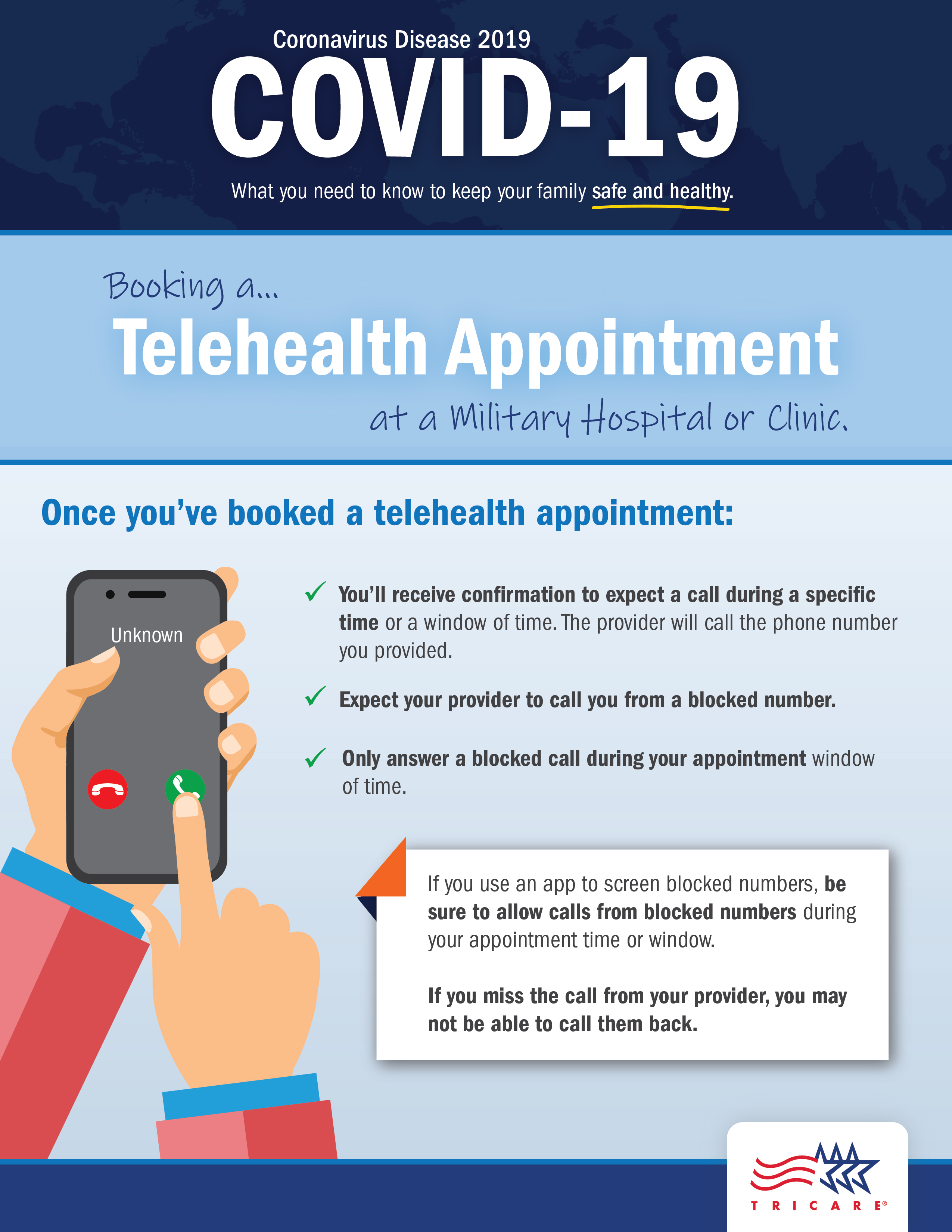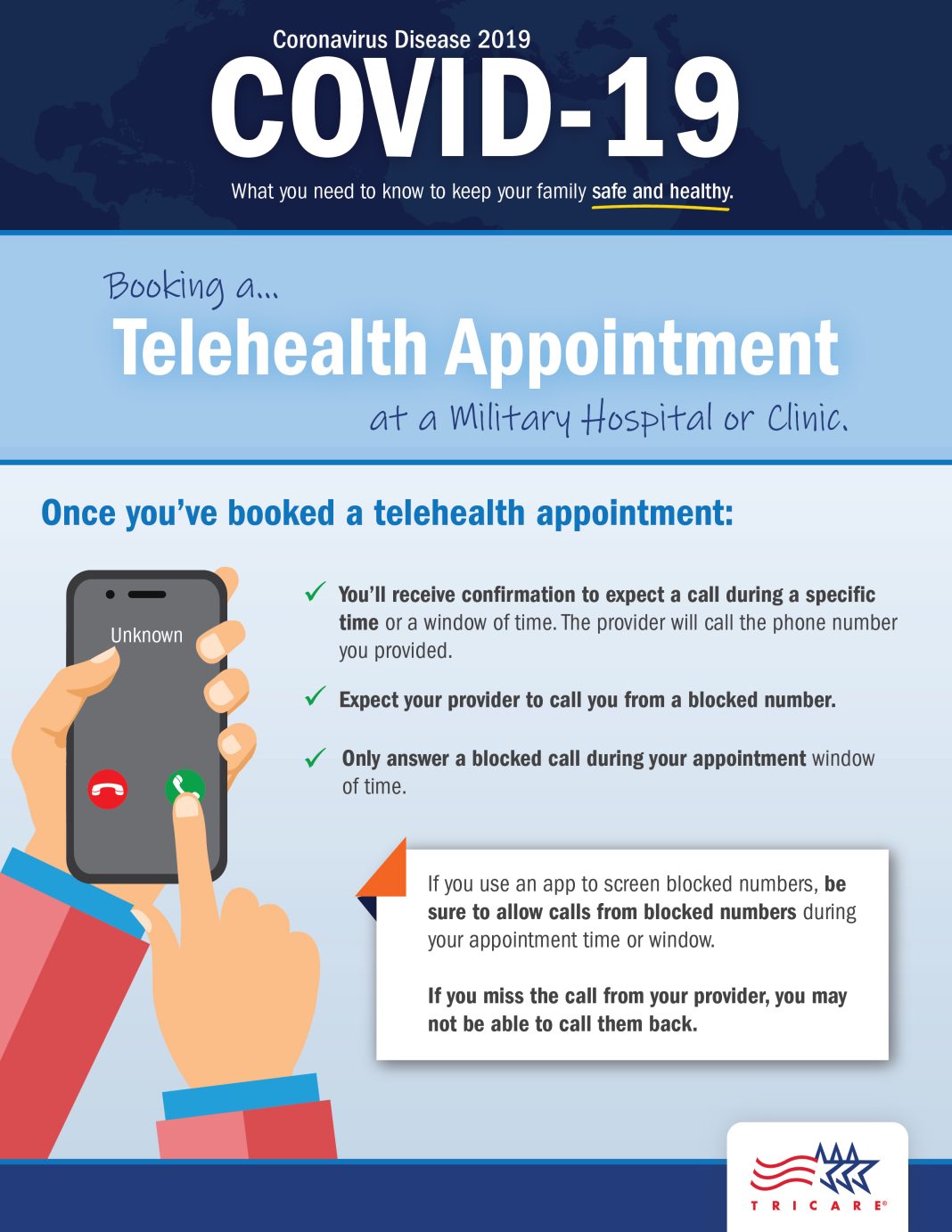 The Health Care Industry: Trends and Outlook for the Future
The Health Care Industry: Trends and Outlook for the Future
The health care industry has faced significant challenges in recent years, including labor shortages, inflation, and the COVID-19 pandemic. However, there is hope on the horizon as the industry begins to recover. Profit pools are projected to increase at a compound annual growth rate (CAGR) of 7 percent, reaching $819 billion by 2027, up from $583 billion in 2022.
One segment that is showing strong performance is Medicare Advantage. This growth is driven by the increasing population of individuals eligible for Medicaid and Medicare. From 2022 to 2027, enrollment in Medicare Advantage is expected to grow at a 5 percent annual rate. However, hospitals are leaving Medicare Advantage networks due to lower payout rates, leading insurance companies to change coverage options. For example, Humana, the second-largest Medicare Advantage insurer, plans to limit benefits and exit some markets in 2025, resulting in the potential loss of about 200,000 members.
To address the needs of seniors and promote access to behavioral health care, the Biden administration has proposed changes to Medicare Advantage plans. These changes aim to help seniors find plans that better suit their needs, increase the use of other benefits such as fitness and dental plans, and crack down on biased recommendations by agents and brokers who sell Medicare policies.
Another area of growth in the health care industry is outpatient care. Health systems are experiencing a shift in site-of-care preferences, with a growing emphasis on outpatient settings such as physician offices and ambulatory surgery centers. The use of electronic health records (EHRs) and other digital tools has helped streamline outpatient care delivery, increasing efficiency and effectiveness. Projections indicate that the outpatient clinics market could reach $61 billion by 2033, driven by the increasing demand for convenient and accessible health care.
There is also a significant move towards voluntary outpatient care as an integral part of mental health treatment. This approach provides freedom and flexibility for patients compared to traditional inpatient care. Advances in medical technology and minimally invasive procedures have made it possible to perform more treatments on an outpatient basis.
The COVID-19 pandemic has accelerated the adoption of telemedicine, with many patients and providers embracing virtual visits for convenience and reducing the need for in-person appointments. Telehealth services and remote patient monitoring have become more prevalent, allowing for continuous patient care and monitoring from a distance.
A growing emphasis in the health care industry is on value-based care, which focuses on patient outcomes rather than the volume of services provided. This model incentivizes treating patients in lower-cost settings such as outpatient facilities. Advances in technology and a focus on patient-centered care support this trend.
Investment in technology, including artificial intelligence (AI) and automation, is a major trend in the health care industry. AI is being used to automate routine tasks, optimize processes, and enhance decision-making. Data analytics is also growing, helping providers make more informed decisions, improve patient outcomes, and streamline operations. Wearable technology, blockchain, and intelligent virtual assistants are also being utilized to enhance patient care and improve efficiency.
In the pharmacy services sector, specialty pharmacy services are experiencing rapid growth due to the increasing demand for specialized medications and treatments. Trends in the pharmaceutical industry include the use of AI to accelerate drug discovery and development processes, big data and analytics for insights, flexible production processes, precision medicine, additive manufacturing (such as 3D printing) for drug production, blockchain for security and transparency, and extended reality for virtual and augmented reality applications.
Despite these positive trends, the health care industry still faces challenges. High inflation rates, labor shortages, and the need for cost optimization are ongoing concerns. Additionally, access to health care remains an issue, with 43 percent of adult Americans being inadequately insured and 20 percent lacking the means to access needed care. The United States also ranks only 35th in terms of overall healthiness among countries worldwide.
To overcome these challenges, there is a growing emphasis on preventive care, tackling disparities, expanding telehealth and in-home services, building integrated systems, and adopting value-based care models. These approaches aim to improve access to care, enhance patient outcomes, and ensure the sustainability of the health care industry.
In conclusion, the health care industry is on the path to recovery after facing significant challenges. With the adoption of technology, shifts towards outpatient care, and a focus on value-based care, there are opportunities for growth and improvement. However, ongoing challenges such as inflation, labor shortages, and access to care must be addressed to ensure the industry’s long-term success.


